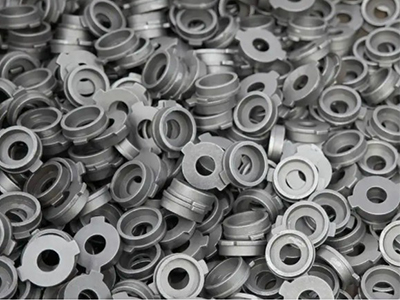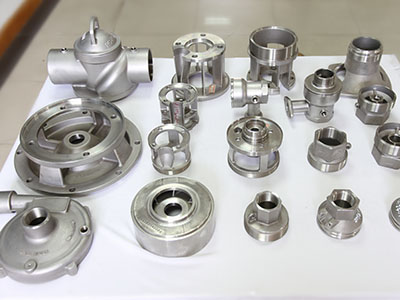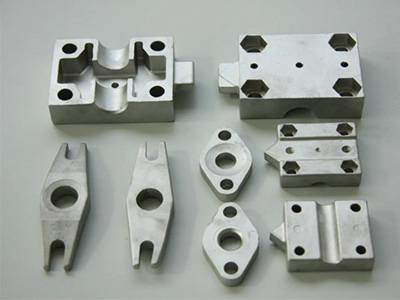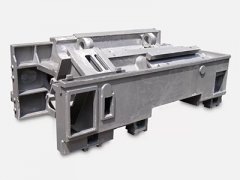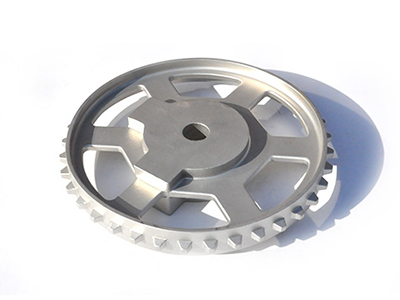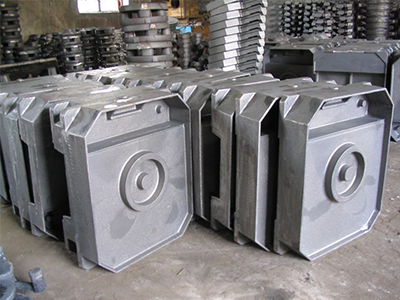- Temperature control of stainless steel precision casting
- Factors affecting precision casting accuracy
- Use sodium silicate sand casting for production
- Scope and method of clean up of precision casting
- Precision forging process of stainless steel
- Inspection Standard and testing content of Steel Castings
- Sand casting production for large Steel Castings
- How are Stainless Steel Castings Made?
- Processing process of stainless steel precision casting
- Where is the large-scale cast steel parts used?
- Call : +86 13390692151
- sale@kfqizhongji.com
-
Room 1, No. 21, Chaoying East Road, Zhoushi,
Kunshan City, Jiangsu Province, China
What are the principles of stainless steel precision casting method?
Stainless steel precision forgings are widely used in injection molding machines, compressors, valve parts, pumps, measuring instruments, sewing machines, office machines and other machine parts. Do you know what are the principles for selecting precision forging techniques for stainless steel?
The principles for selecting precision forging skills of stainless steel are as follows:
The main results are as follows: 1. Sand forging should be given priority because of its low cost, simple production process and short production cycle compared with other forging techniques. When the wet type can not meet the requirements, consider using clay sand surface dry sand mold, dry sand mold or other sand mold.
2. The precision forging skills of stainless steel should conform to the batch production. Forging skills such as low pressure forging, die casting, centrifugal forging, etc.
3. Modeling skills should be suitable for the premise of the manufacturer. For example, the same is the production of large-scale machine tool bed and other castings, the common use of core molding method, not the production of appearance and sandbox, core in the pit, while other manufacturers use sandbox modeling method to produce appearance.
4. The precision forging skills of stainless steel should meet the precision requirements and old cost of both castings.
Stainless steel precision forging castings are widely used in injection molding machines, gas turbines, steam turbines, compressors, valve parts, pumps, measuring instruments, sewing machines, weapons, office machines and other machine parts.
The technological measures for precision forging of stainless steel are as follows:
Due to the poor activity of molten steel, in order to prevent cold insulation and insufficient pouring of stainless steel castings, the wall thickness of stainless steel castings should not be less than 8 mm; the layout of the gating system is simple, and the section size is larger than that of cast iron; dry or hot casting moulds are adopted; properly improve the pouring temperature, usually 1520 °~ 1600 ℃, because the pouring temperature is high, the superheat of molten steel is large, and the liquid state is kept for a long time. However, if the pouring temperature is too high, it will cause coarse grains, hot cracks, pores, sticking sand and so on. Therefore, the pouring temperature of ordinary small, thin-walled and complex castings is about + 150 ℃ of steel, while the pouring temperature of large and thick-walled castings is higher than 100 ℃.
Because the forging compression of stainless steel castings is much higher than that of cast iron, in order to prevent the shrinkage of stainless steel castings, riser, cold iron and subsidy are mostly used in the forging process to achieve successive condensation.
